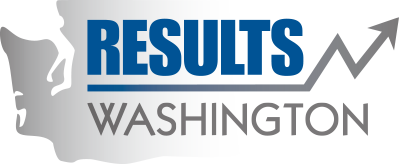Archived: On-site sewage systems inspections
It is vital that we have safe water for drinking, swimming, shellfish harvesting and other uses within Puget Sound. Septic systems that aren’t working properly are one source of pollution. Good management of septic systems will likely reduce pollution.
The program is making progress. Septic system inspections were not required until 2005. Local health jurisdictions began this work in 2008.
We have awarded over $7 million in federal funds to support local septic management programs that have:
- Estimated over 600,000 septic systems in Puget Sound, nearly 85,000 in Marine Recovery Areas and other specially designated areas.
- Repaired over 1200 failing septic systems in Marine Recovery Areas.
- Increased the number of septic systems current with inspections by nearly 22,000.
- Identified more systems while conducting area inventories.
We have several activities we are working on or have completed through the Puget Sound Action Agenda. Much of this work is supported by the National Estuary Fund to increase investments in Puget Sound counties for inspections. This work includes:
- Implemented a unified, regional loan program to help system owners repair and replace broken systems.
- Evaluated the effectiveness of current rules for septic systems and provided recommendations to the State Board of Health.
- Began the process of revising the current rules for septic systems.
- Working with local partners to identify best practices, develop common performance standards, and identify mechanisms to provide sustainable funding for work done by local health jurisdictions in MRAs.
- Maintain your on-site septic system. Make sure it is inspected according to the schedule defined by your local health department and that it is functioning properly.
- If you find a problem work with your local health agency to find out what you need to do to fix it.
- For more information, visit:
